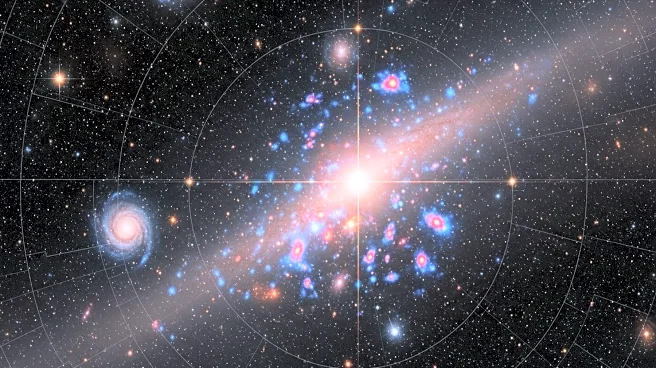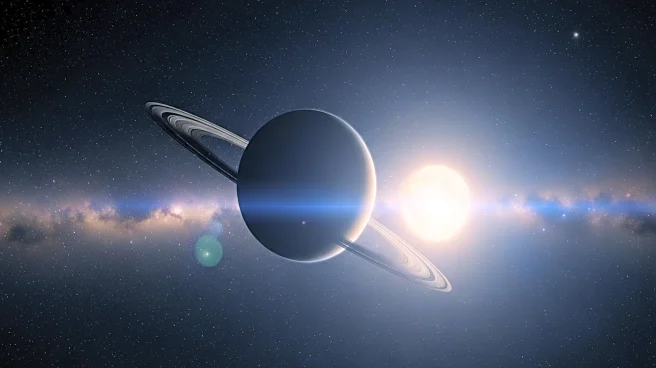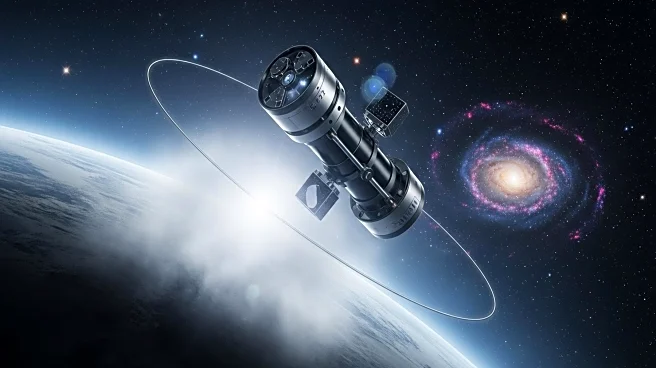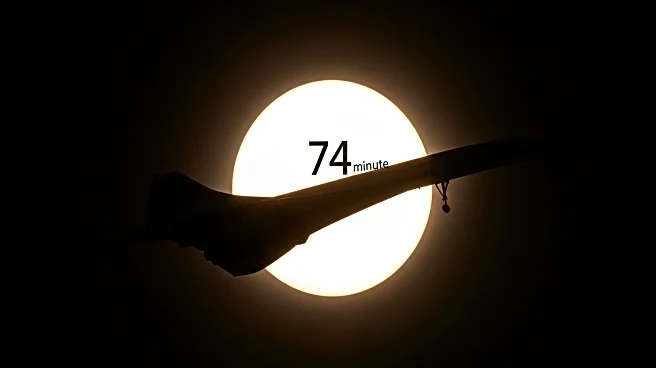What is the story about?
What's Happening?
Scientists have developed a novel technique to map dark spots on distant stars, which can improve the study of exoplanets and their potential habitability. These star spots, similar to sunspots, affect the light curves observed by satellites like NASA's TESS and Kepler. By measuring dips in starlight as planets transit in front of stars, researchers can identify these spots and gain insights into the stars' characteristics and the planets orbiting them.
Why It's Important?
Understanding star spots is crucial for accurately interpreting data from exoplanet observations. These spots can influence the perceived brightness of stars, affecting the detection and analysis of planets. By mapping these spots, scientists can refine their models of star and planet interactions, potentially identifying planets with conditions suitable for life. This advancement contributes to the broader field of astrobiology and the search for life beyond Earth.
AI Generated Content
Do you find this article useful?















